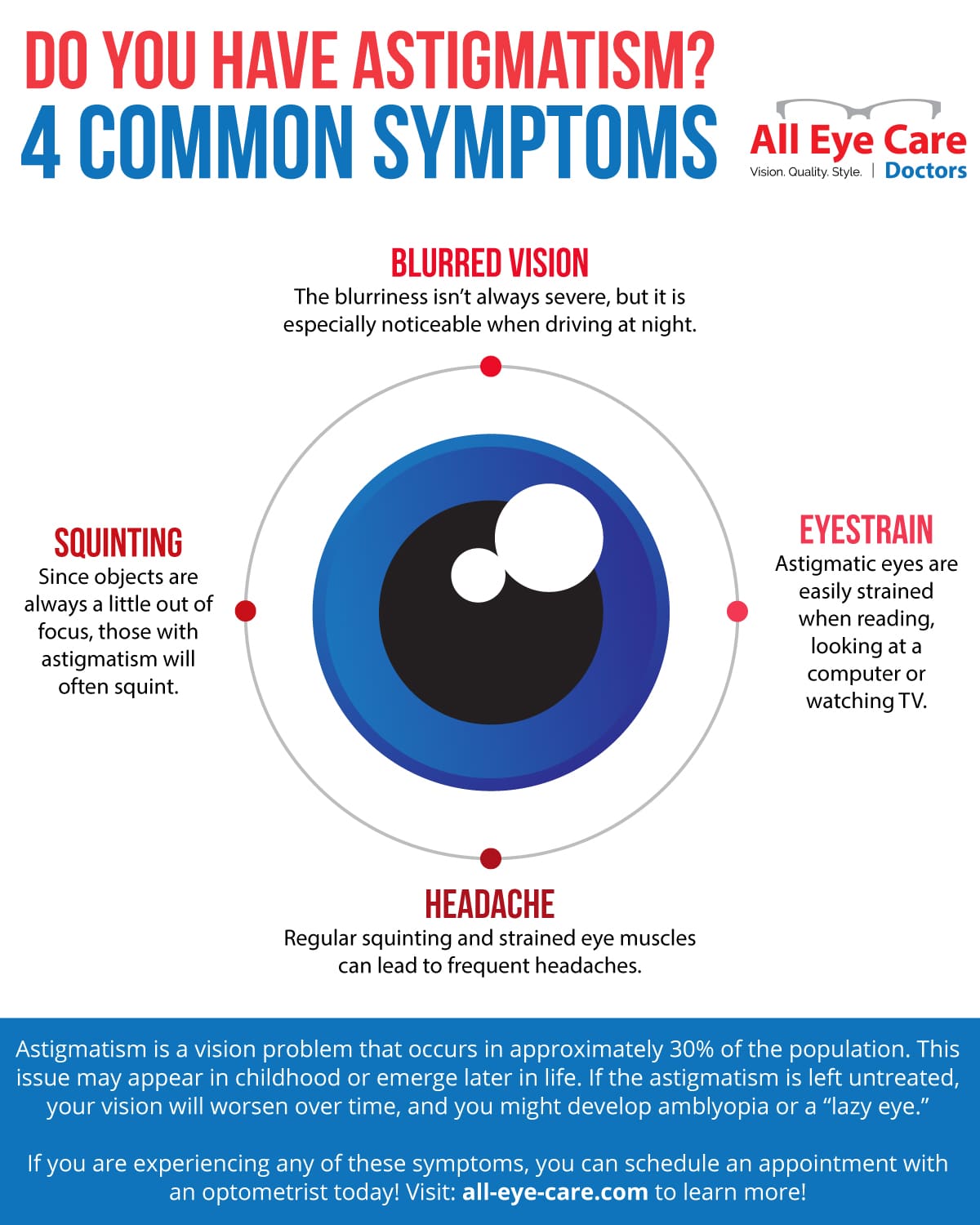If you're contemplating SMILE eye surgery, contemplate this: are you prepared to welcome potential visual flexibility, or does the idea of any type of threats make you hesitate? Your decision will hinge on a cautious equilibrium of considering the advantages against the unpredictabilities. It's critical to dive deeper into the subtleties of SMILE surgery to make an educated choice that aligns with your aesthetic objectives.
Recognizing SMILE Eye Surgical Procedure
When thinking about SMILE Eye Surgical procedure, it is necessary to comprehend the procedure and its benefits. SMILE, which represents Little Laceration Lenticule Removal, is a minimally invasive laser eye surgical procedure that deals with usual vision problems like myopia (nearsightedness).
During the procedure, your eye surgeon will certainly utilize a femtosecond laser to develop a little cut in your cornea. Via this cut, a tiny disc of cells called a lenticule is eliminated, reshaping the cornea and correcting your vision.
Among simply click for source of SMILE Eye Surgical procedure is its fast recovery time. Several clients experience improved vision within a day or two after the treatment, with marginal pain.
Additionally, SMILE is understood for its high success price in giving long-lasting vision adjustment. Unlike LASIK, SMILE does not call for the production of a flap in the cornea, decreasing the threat of problems and enabling a more stable corneal structure post-surgery.
Understanding the treatment and its benefits is critical when considering SMILE Eye Surgical treatment for vision improvement.
Benefits and drawbacks of SMILE
Taking Into Consideration SMILE Eye Surgical procedure for vision modification includes various advantages and prospective disadvantages.
One of the primary pros of SMILE is its minimally intrusive nature, as it involves a tiny incision and normally results in fast recovery times. The treatment is likewise known for causing minimal pain and dry eye signs and symptoms post-surgery compared to various other vision correction methods. Additionally, SMILE has actually been shown to provide excellent aesthetic results, with numerous patients attaining 20/20 vision or much better.
On the other hand, a prospective con of SMILE is that it may not be suitable for people with severe refractive errors, as the treatment variety is somewhat minimal contrasted to LASIK. An additional consideration is that the knowing curve for doctors implementing SMILE can affect the availability of experienced service providers in specific locations.
It is essential to evaluate these benefits and drawbacks carefully when deciding if SMILE is the best selection for your vision improvement requirements.
Determining Qualification for SMILE
To determine if you're eligible for SMILE eye surgery, your eye doctor will certainly perform a comprehensive examination of your eye wellness and vision demands. During this evaluation, variables such as the security of your vision prescription, the thickness of your cornea, and the overall health of your eyes will certainly be evaluated.
Usually, Astigmatism From Cataract Surgery for SMILE are over 22 years of ages, have a secure vision prescription for at the very least a year, and have healthy and balanced corneas without problems like keratoconus.
Your eye doctor will also consider your total eye wellness, any existing eye conditions, and your way of life requires to establish if SMILE is the appropriate selection for you. It's vital to communicate any certain visual demands or issues you might have throughout this evaluation to make certain that the therapy lines up with your expectations.
If you aren't eligible for SMILE, your ophthalmologist may recommend alternative vision modification choices that much better suit your private requirements and eye health and wellness standing.
Final thought
Inevitably, making a decision whether SMILE eye surgical procedure is right for you requires cautious factor to consider of your individual eye wellness and visual demands. Consult with your ophthalmologist to establish your eligibility for the procedure and weigh the possible advantages and drawbacks. Keep in mind to communicate any kind of worries or questions you might have throughout the evaluation procedure to make an enlightened decision regarding your vision adjustment alternatives.
